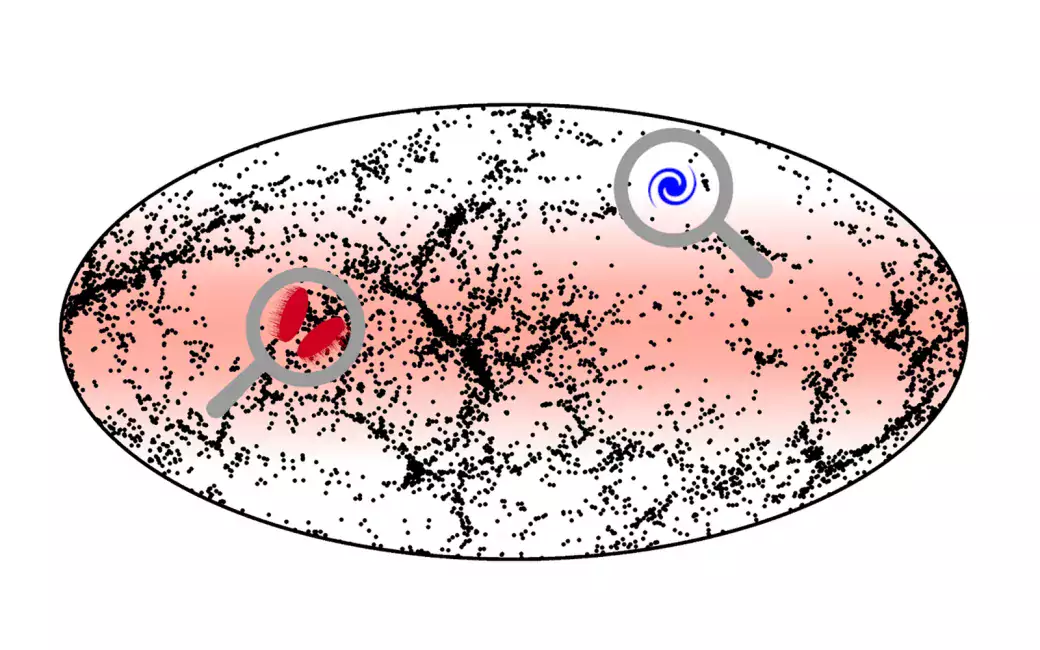
Our own Milky Way galaxy is part of a much larger formation, the local Supercluster structure, which contains several massive galaxy clusters and thousands of individual galaxies. Due to its pancake-like shape, which measures almost a billion light years across, it is also referred to as the Supergalactic Plane.
Most galaxies in the universe fall into one of two categories: firstly, elliptical galaxies, made mostly of old stars and containing typically extremel...
Read More








Recent Comments